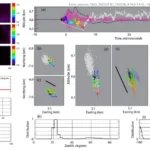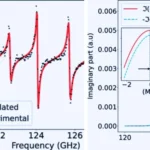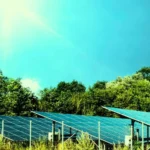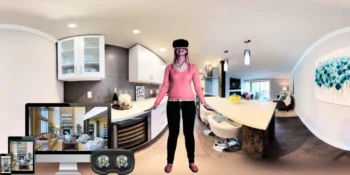Four researchers, Nikolaos Skandalos, Vasileios Kapsalis, Tao Ma, and Dimitris Karamanis, from the Czech Technical University in Prague, the National Technical University of Athens, the Shanghai Jiao Tong University, and the University of Patras, have proposed the 30% Eco-Designed Building Integrated Photovoltaics (BIPV) efficiency as a central milestone to be attained by 2030 for a sustainable transformation.
Affordable Building-integrated photovoltaics
The global transition towards renewable energy has amplified the significance of affordable and robust building-integrated photovoltaics. Building-integrated photovoltaics stands paramount in pursuing climate-neutral cities, marked by electrification, decarbonization, and public health co-benefits. Amid the prevalence of traditional polycrystalline and monocrystalline silicon solar cells, there’s a recent surge in research aiming for more intricate solar cell architectures designed to optimize efficiency, lifespan, and raw material utilization in harmony with eco-design principles.
Unveiling the Multi-Faceted Parameters
A pioneering holistic approach is introduced to expedite the seamless integration of the next-gen photovoltaics and its attendant climate mitigation advantages. This approach encompasses a comprehensive spectrum of requisites and associated factors on innovative PV structures’ evolution. From the intrinsic attributes of solar cells to the broader impact of panels within the urban landscape, this framework navigates the multi-faceted landscape of photovoltaics’ progression. Leveraging building simulation as a guiding tool, a standout revelation surfaces—heightened cell efficiency emerges as a linchpin parameter, wielding the potential to foster widespread adoption within both building and urban contexts. Furthermore, it is a pivotal component in bridging the energy needs of structures while minimizing thermal effects within urban environments.
Paving the Path to Sustainable Urban Transformation
A concrete proposition takes shape, drawing upon an analysis of laboratory-recorded values and the trajectory of emerging tandem solar cells. The heart of this proposition lies in an ambitious yet attainable goal—an eco-designed Building-integrated photovoltaics efficiency benchmark of 30%. This significant milestone is earmarked to be achieved by 2030, effectively steering the course towards a sustainable urban transformation. By aligning research, innovation, and practical implementation in pursuing this milestone, cities can embark on a trajectory that harmonizes renewable energy integration, architectural aesthetics, and environmental well-being.
This research propels the vanguard of sustainable urban transformation through the prism of advanced building-integrated photovoltaics. It signifies a collective aspiration to balance energy efficiency, architectural integration, and environmental stewardship. By embracing an all-encompassing approach and setting a resolute efficiency milestone, the groundwork is laid for a future where cities exemplify harmonious coexistence between cutting-edge technology and a thriving natural world.










